Intro
Also called the Pechorskaya, the Pechora comes from the regions around the polar circle and at the basin of the Pechora River in Russia.
Read more

Also called the Pechorskaya, the Pechora comes from the regions around the polar circle and at the basin of the Pechora River in Russia.
Read more
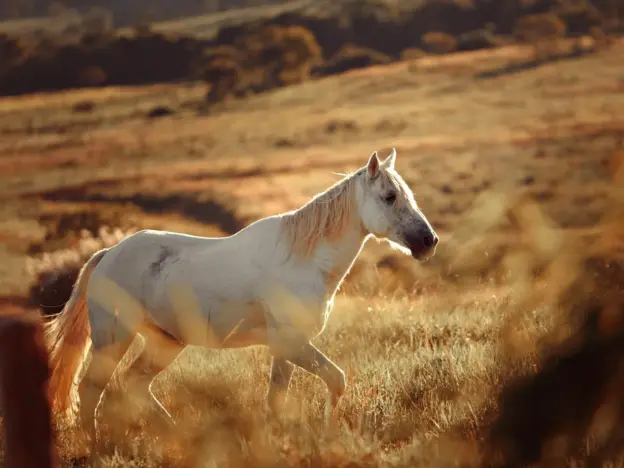
Also called Poconeao and Mimoseano, the Pantaneiro comes from northern Mato Grasso the Panatanal region of Brazil.
Read more

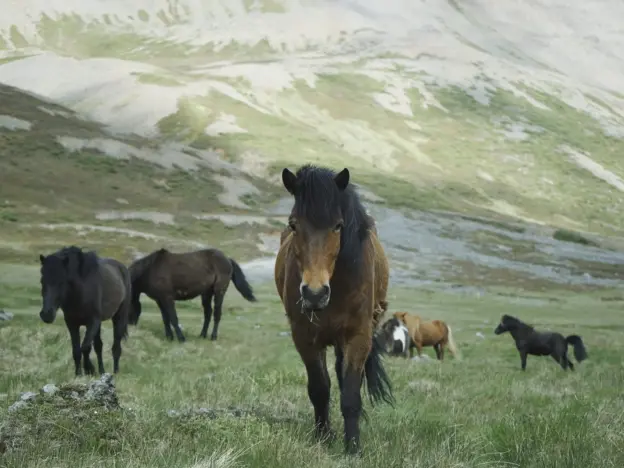
The Newfoundland Pony is a sturdy little horse that was developed on Newfoundland Island in the easternmost province of Canada.
Read more

Also called the Murge Horse, the Murgese is bred in the Murge region of Italy and origins of the breed date back to Spanish rule.
Read more
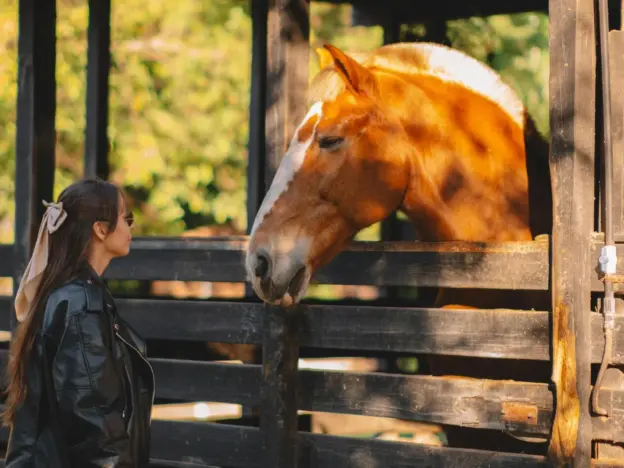
Also called the Mur Island Medjimurski, Murakoz and the Murakosi, the Mura was once quite a popular working horse in Hungary, however today their numbers are very low.
Read more
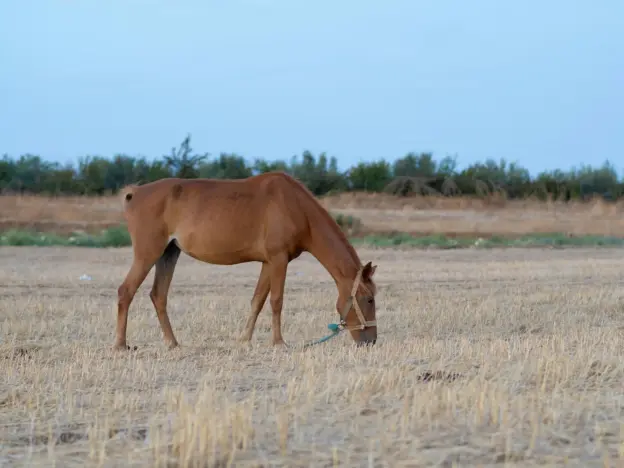
Also called the Tunisian, the Mogod Pony comes from the northernmost area of Tunisia and is thought to be a strain of the mighty Barb horse, refined and bred to suit the area over centuries. Sadly as machines began to replace animals in the 20th century their numbers began to dwindle.
Read more
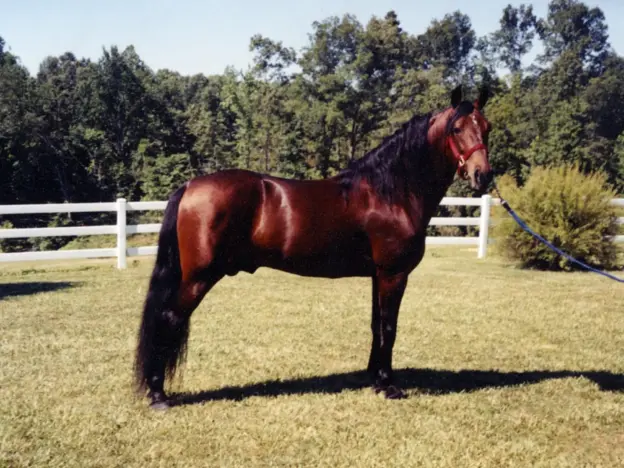
The Missouri Fox Trotter is a relatively new breed and one that was organized by a group of enthusiasts who wanted to preserve the unique characteristics of animals selectively bred in the Ozarks.
Read more

The Minusin breed is similar to many of the steppe breeds, having been shaped by life on the steppes. However these animals tend to be more robust and imposing in stature. According to the DAD-IS this breed is extinct as of 2006.
Read more
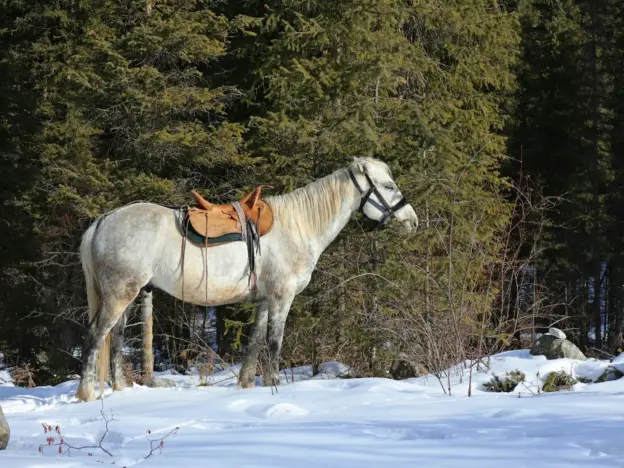
The Mezen or Mezenskaya is a draft breed of the northern forest type that is bred in the valleys of the Mezen & Pineg Rivers in the Arkhangelsk region.
Read more